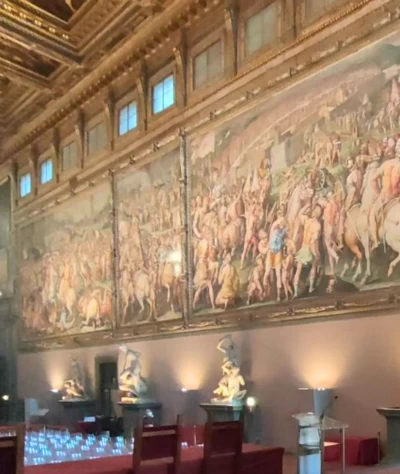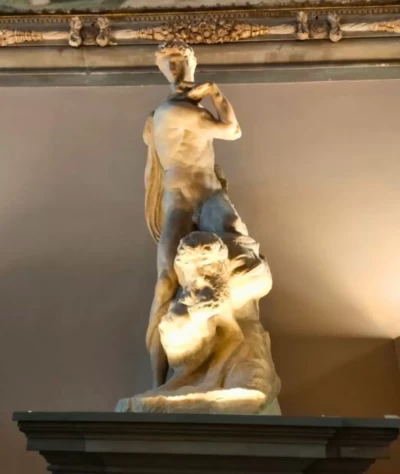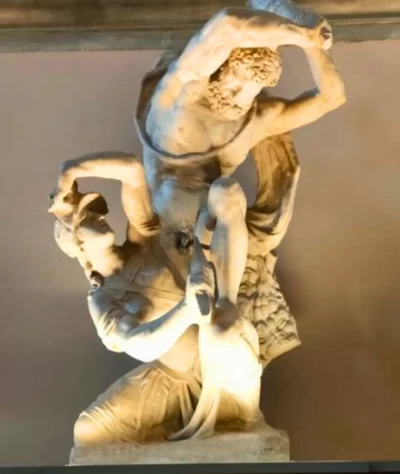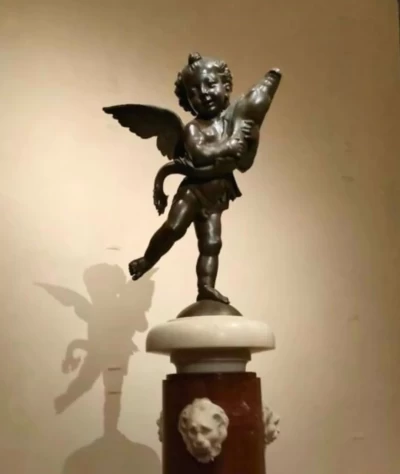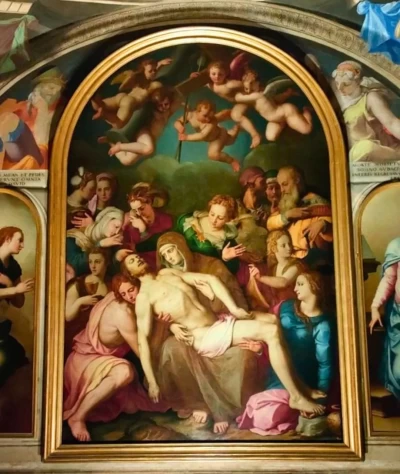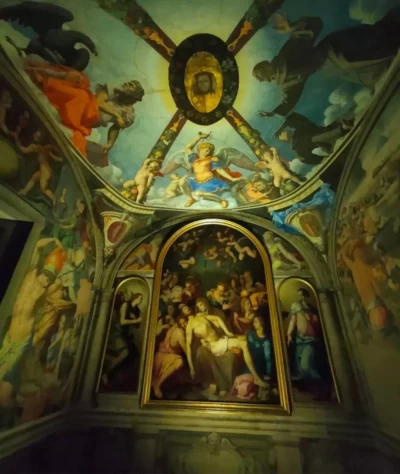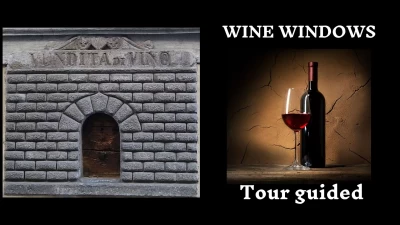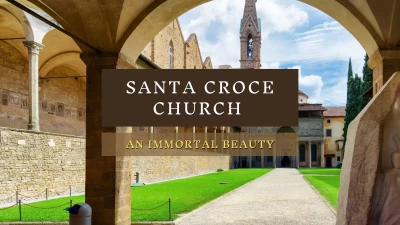Palazzo Vecchio, art, power, and symbolism
Explore the captivating world of Florence with our team of seasoned guides, all fluent in English. They will unveil the city's true essence, offering insights only a local can provide.
To arrange a tailor-made private tour, kindly send an email outlining your preferences to: francesca@conoscifirenze.it
Duration: Customized to your preferences.
SPECIAL CANCELLATION POLICY FOR PRIVATE GUIDED TOURS
Should you need to cancel your reservation, please don't hesitate to contact us.
Cancellations made at least 4 days prior to the scheduled tour will incur a penalty equal to 30% of the total cost. For bookings canceled within 3 days or less of the tour date, a 100% penalty charge will apply.
The building in question was constructed way back in 1299 and served as the residence of the priors of the Florentine Republic. It was originally a sturdy fortress designed by the architect Arnolfo di Cambio, known as Dado Arnolfiano. However, a remarkable transformation took place in 1540. The palace evolved into the epicenter of power under the rule of Cosimo I, who decided to embark on a massive renovation project. He entrusted this task to the skilled hands of Giorgio Vasari.
Vasari not only adorned the Hall of the Five Hundred but also painted two victorious episodes from Florence's history: the Battle of Siena and the Battle of Pisa. Additionally, Vasari enriched the hall with "The Labors of Hercules" by Vincenzo De Rossi and "The Genius of Victory" by Michelangelo. Inside the tribune enclosure, where Cosimo I exercised his authority, you'll find sculptures depicting members of the ruling family, each with their own coat of arms and distinctive motto.
Throughout the entire architectural complex, you can observe a blending of earthly and divine figures: Pope Leo X, Cosimo the Elder, Lorenzo the Magnificent, Cosimo I, Giovanni dalle Bande Nere, all interconnected with the majestic heavenly deities depicted on the second floor of the building. The tour continues through the apartments of Eleonora di Toledo and the rooms dedicated to her virtues, culminating in the Hall of the Lilies, where you'll find the illustrious work of Donatello, "Judith and Holofernes.".


